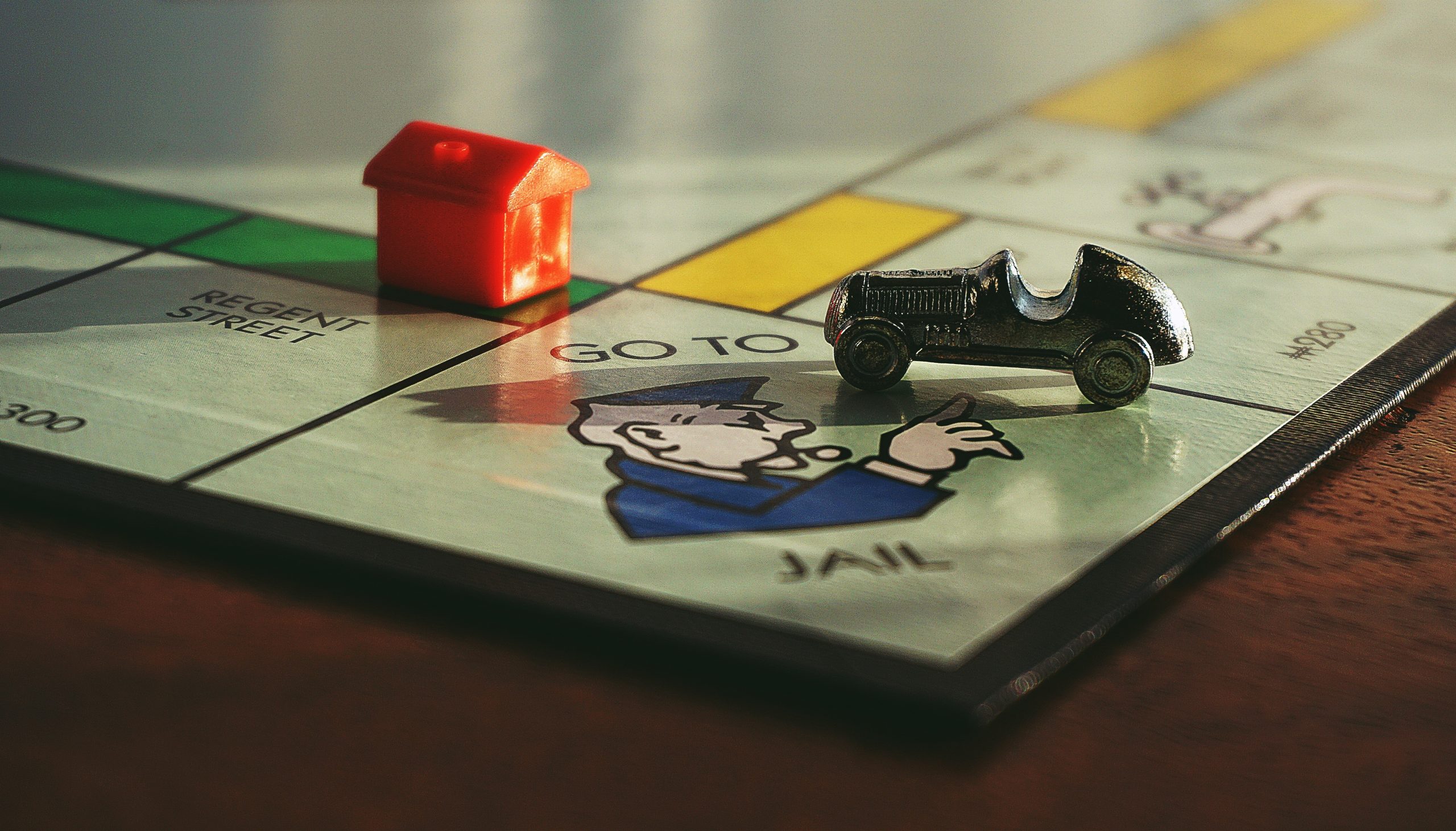
Like most business decisions, there are risks involved when investing in real estate. But this is not a “Don’t invest in rentals post”; this is an “opportunity to beat the risks by understanding them” post.
Basically, all business risks have one thing in common – they create a situation where your financial outlay is greater than your financial income. It makes sense, doesn’t it? After all, the purpose of any investment is to increase your financial portfolio.
The key is understanding the various expenses of a rental investment and what you can do to ensure it doesn’t cost you too much.
Costs involved in the Rental Business:
The Cost of the Property. The amount you pay to purchase the property is obviously very important. Overpaying can lead to sub-par performance for years to come. Fortunately, real estate is an appreciating asset that will typically increase over time. So, even a property that’s purchased at the wrong price can still make sense in the long run. Being mindful of the purchase price will help ensure you have the best shot of benefiting from the rising tide of appreciation.
Mortgage Interest, Insurance, and Property Taxes. These may seem obvious, but they’re often overlooked when considering the costs of owning a rental.
Initial Prep Cost. If you buy a property that’s move-in ready, wonderful. But what if you purchased a property that needs a little TLC before it is ready? Repairs often cost more than you originally estimated. Why? Because when you delve into a repair, you often find one you didn’t see. For example, you only plan to replace the bathroom vanity, but then you find plumbing issues and now you need to repair pipes and the wall.
Upkeep and Maintenance: You finished the initial prep, a tenant moved in, and all is well. Homes require regular maintenance though and occasional repairs to stay ahead of the game – and to keep tenants happy.
Vacancy: What? Yes, vacancy. Your first tenant stayed for eighteen months, but then a job transfer took them to another location, and it took three weeks to advertise, find a new tenant, sign the lease, and get them moved in and paying rent. Meanwhile, you also had to maintain the utilities during those three weeks – not to mention all your ongoing costs – ins., mortgage, taxes, etc.
Ok – this may not cover everything, but it sums up the bulk of expenses you will run into when investing in the rental market. The key is not to get scared, but instead, get wise. If the rent you bring is more than the expenses going out, you have a sound investment. So, how do you do it?
Research Properties and Areas. Choose a rental property in a desirable area, but make sure it’s not oversaturated with rentals already. Tenants are often looking for the same things homeowners are – good schools, proximately to shopping and restaurants, and access to highways (for commuting).
Research Typical Rental Rates for the size and quality of the property you are considering. If you cannot charge enough to cover the mortgage and other expenses, just say no, and keep looking. It’s better to buy the smaller, less upgraded house in a better area than to buy a larger, upgraded house in a less desirable location.
Look for Ready-to-Move-in Properties unless you’re a whiz with repairs and have lots of time on your hands. Move-in ready properties will get your first tenant placed quicker, and you won’t worry about underestimating how much the initial prep is going to cost.
Figure in the Cost of General Maintenance and Upkeep when running the numbers to determine if the property you’re considering is a winner investment.
Adjust for Potential Vacancies. Some experts choose to figure in 10 months’ rent – rather than 12, when determining if the numbers work for a property. This provides for up to two months of vacancy without skewing your profit line. Although that figure is likely higher than necessary, a 5% vacancy rate is probably more realistic to use for budgeting.
Get Advice from Experienced Landlords. Read blogs and listen to podcasts on the subject. For example, Bigger Pockets has an excellent blog by Ali Boone on how to run the numbers before buying a property to rent. Apartments.com has a blog on 10 Tips for First Time Landlords by Jamia Kenan.
Bottom line: Don’t get scared – get wise. Investing in rental properties is a sound avenue for building your financial portfolio. Rental property investments benefit from cash flow, property appreciation, mortgage paydown and depreciation and financial returns can often outpace other investment choices. With a little thought and planning, you can make your experience less stressful and more successful.
About Rentals America
Rentals America offers a wide range of property management services to fit the needs of landlords and real estate investors. Contact us today.










